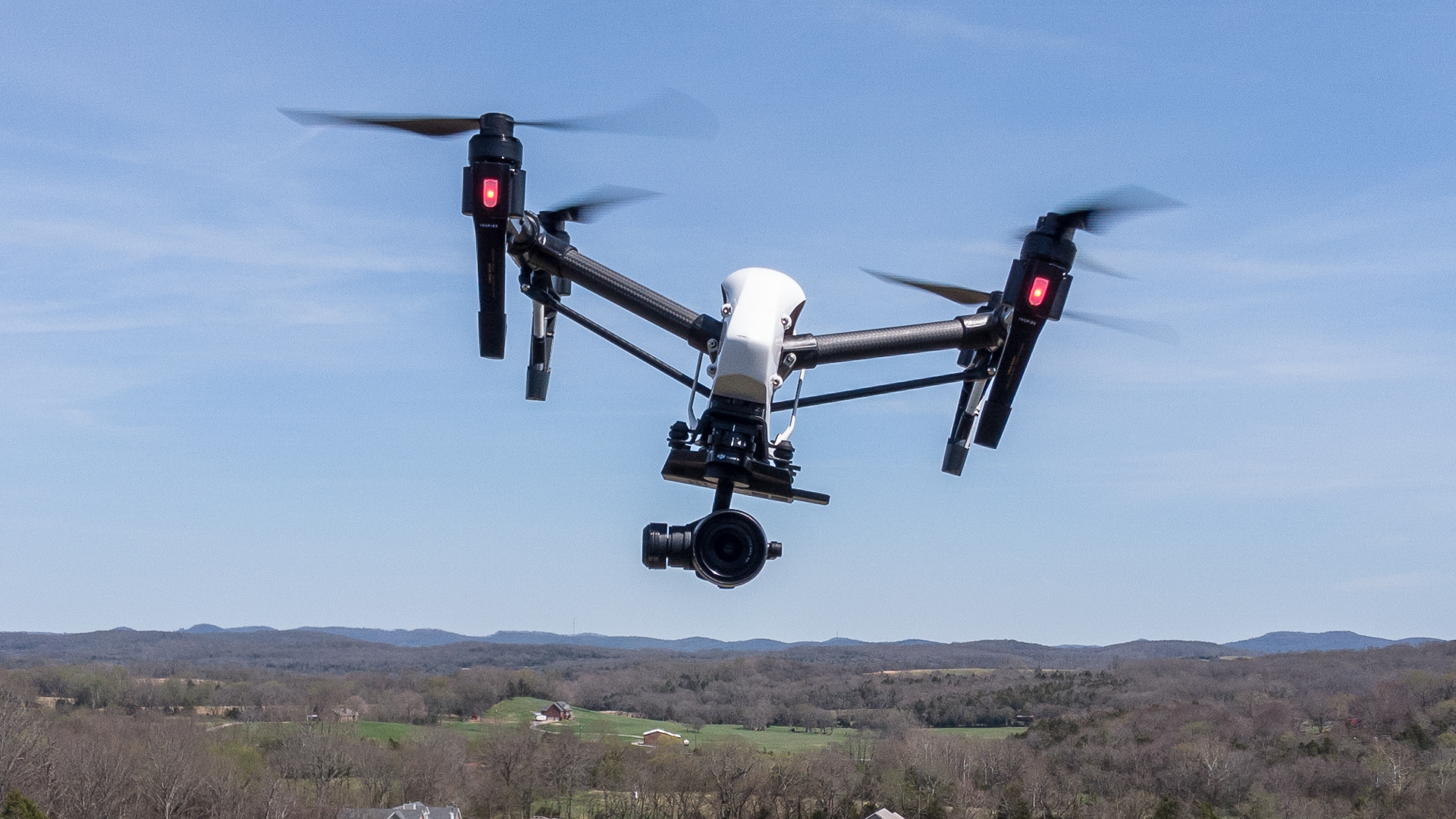I think people overestimate the capabilities of some of these automated functions. Packing the technology to actively track, avoid and still fly is not trivial. It has limitations. Tracking a flying drone is one of them.
Agree, and this is largely borne of marketing hype setting expectations, then utterly inadequate documentation to know just how capable -- or not -- these features are in different circumstances.
I can (and have) reproduced a few of the more stunning AT examples seen in some of DJI's marketing vids. However, it's anything but "autonomous". The entire shot has to be planned and done over several takes to wring out the eccentricities of the feature.
Being less spectacular, like just following you and your dogs on the beach, and it comes much much closer to realizing the fully autonomous "camera operator" idea. I've run an entire battery on the beach for about 14m of video and several times completely forgot the thing was following me and the beasts around at about 30ft.
If I'm actually actively watching and controlling the aircraft while using AT on a subject, it can be exceedingly useful to relieve some of the workload so you can concentrate on the shot, composition, framing, etc. Just having the system control the gimbal and yaw to keep the subject in frame while flying is immensely useful when you learn how to make the feature work FOR you, rather that you working AGAINST the feature.
Like anything, it takes lots an lots of practice and experience. I'm still pretty much a piker, but I've been playing with it a lot since I got my Air (rear OA got me more interested in trying to use it seriously), and I actually pull AT out of my bag of tricks intentionally now to shoot certain things. It's become a useful tool, rather than a gimmick.
An owner will never "get" that, though, looking at it the way DJI sells it to them, and then trying to achieve the unachievable with little to no experience with the feature.
If you shoot mostly distance, vistas, forests, beaches, etc., then there's little point in spending the time investment to really "get to know" AT and how you can use it. However, if you shoot people and other subjects that move quite a bit relative to their background, it's worth diving deep on AT (that is, frustrating the hell out of yourself for a few dozen hours experimenting) because there will be situations where it will be a great help.











